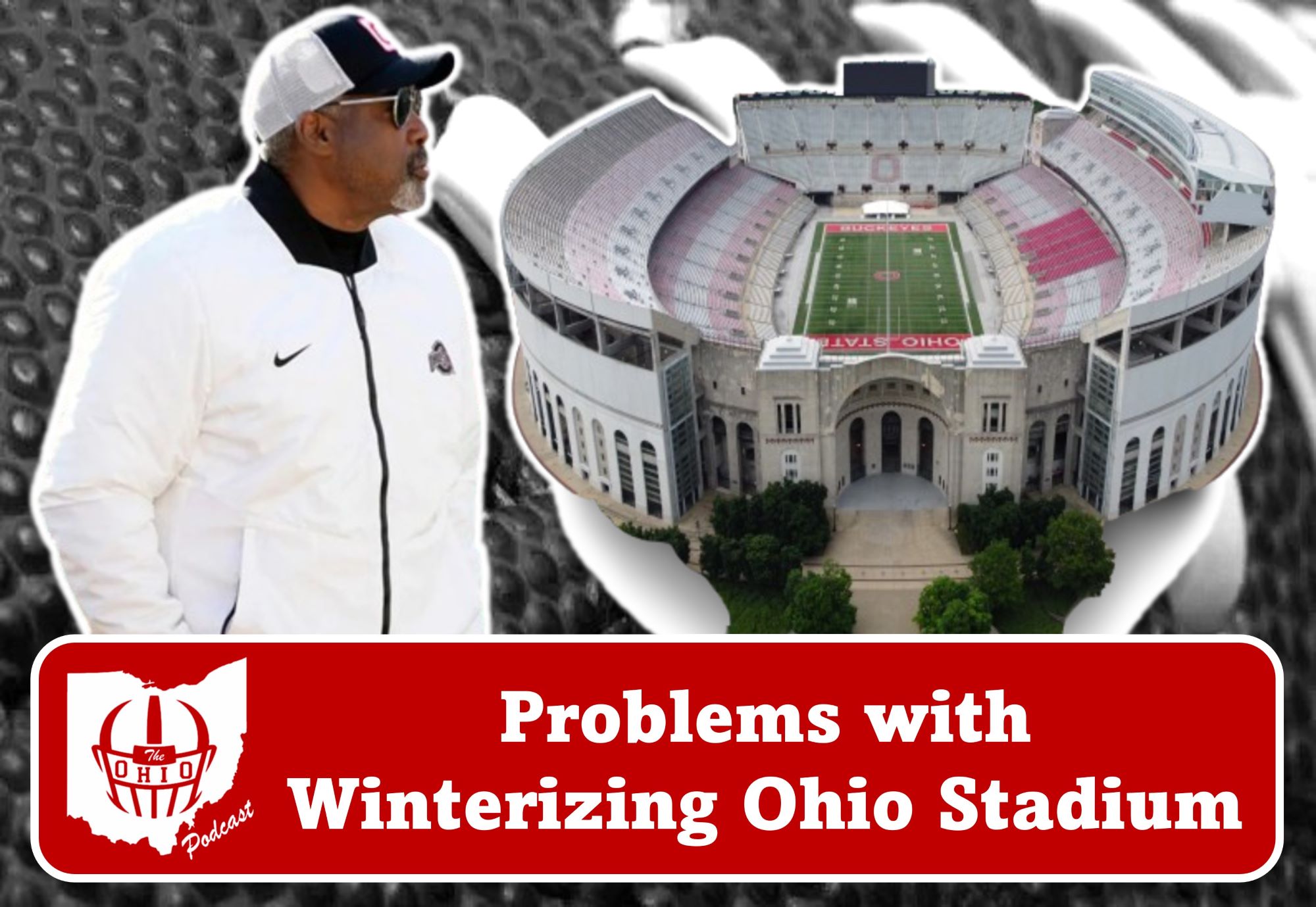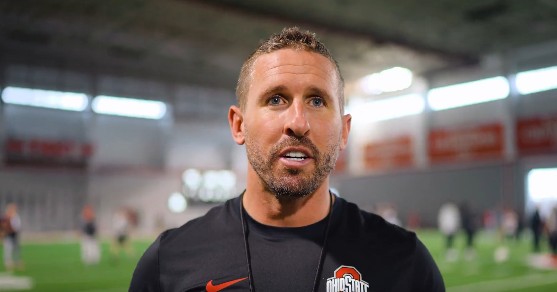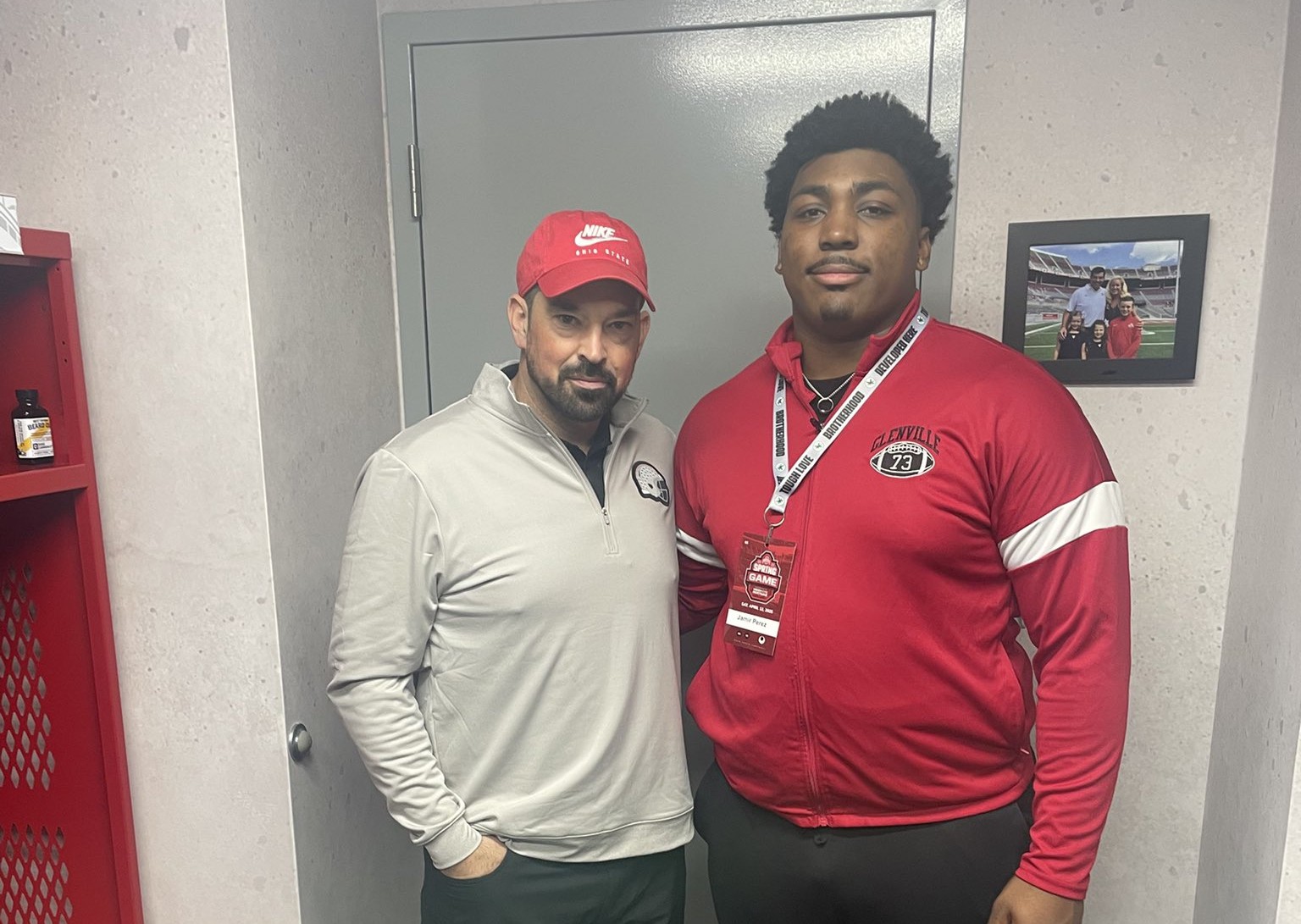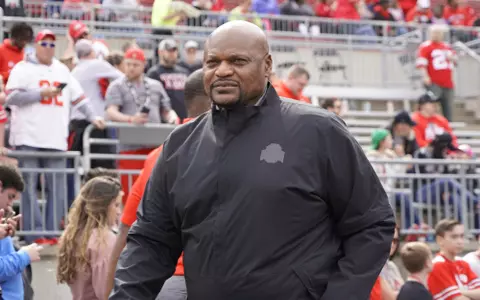
Ohio Stadium, affectionately known as the Horseshoe, stands as an iconic symbol of college football prowess, hosting unforgettable moments and serving as the battleground for Ohio State’s gridiron triumphs. However, the stadium’s current lack of winterization poses a unique challenge for the Buckeyes as they contemplate the prospect of hosting a home game in December, potentially part of the new 12-team college football playoff’s first round. In this article, we explore why Ohio Stadium isn’t winterized and what it would take to make it suitable for winter play.
The Current State:
Ohio Stadium, with its horseshoe-shaped design, has been a spectacle of college football since its construction in 1922. However, the stadium is not equipped to handle the harsh conditions of an Ohio winter, which often includes freezing temperatures, snow, and icy winds. The current infrastructure, primarily designed for games during the traditional football season, lacks the necessary elements to ensure the safety and comfort of players and spectators in winter conditions.
Why Isn’t It Winterized?
Several factors contribute to the Horseshoe’s lack of winterization. Historically, college football schedules were tailored to conclude before the winter months, and Ohio Stadium’s design and facilities were planned accordingly. The cost of winterizing a stadium of such magnitude has also been a significant deterrent.
A critical issue is the stadium’s current inability to prevent its pipes from freezing. The infrastructure lacks the necessary features to keep water-carrying pipes from freezing in the winter, a fundamental requirement for ensuring the stadium’s functionality during cold weather.
Another challenge is the absence of a method to prevent exposed water pipes from freezing. Without proper insulation or a heating system for these pipes, the risk of damage due to freezing temperatures increases, posing a threat to the stadium’s overall functionality.
The Road to Winterization:
If Ohio Stadium is to become a venue for December playoff games, a comprehensive winterization plan must be devised and implemented. The following key elements would be crucial in this transformation:
1. Heating Systems:
Installing an advanced heating system underneath the playing surface and throughout the stadium’s infrastructure is essential. This would prevent the field from freezing, ensuring a safe and playable surface for athletes.
2. Snow Removal Equipment:
Investing in state-of-the-art snow removal equipment, such as heated turf blankets and advanced snowplows, would be necessary to keep the stadium operational during heavy snowfall.
3. Exposed Pipe Protection
Implementing methods to protect exposed water pipes from freezing, such as insulation or heating elements, is vital to prevent damage and ensure the continuous flow of water within the stadium.
While the idea of Ohio State playing a home game in the Horseshoe during the winter months presents a thrilling prospect, the challenges associated with winterizing the iconic stadium are substantial. From financial considerations to logistical complexities and addressing critical issues like exposed water pipes, transforming Ohio Stadium into a winter haven requires careful planning, technological innovation, and collaborative efforts between the university, athletic departments, and college football authorities. As college football evolves with the introduction of a 12-team playoff system, the dream of winter games in the Horseshoe may not be too far off, provided the necessary steps are taken to overcome the hurdles that currently stand in the way.










